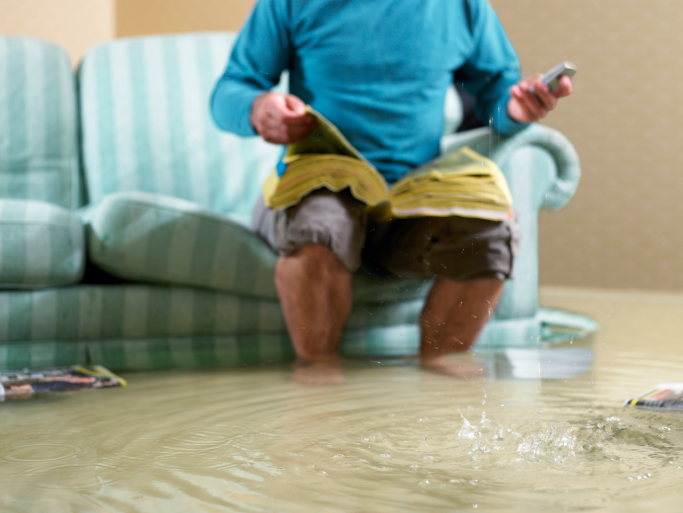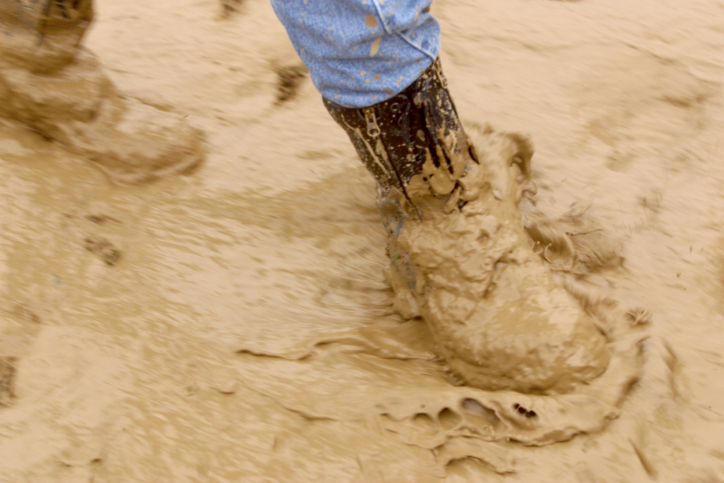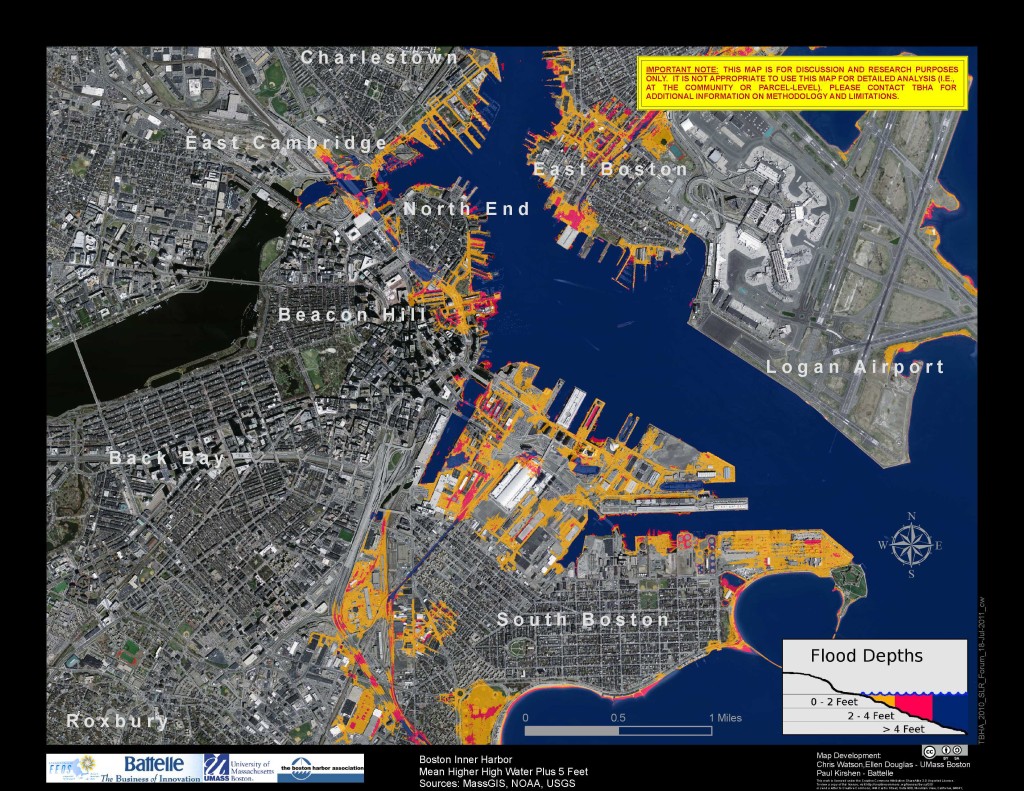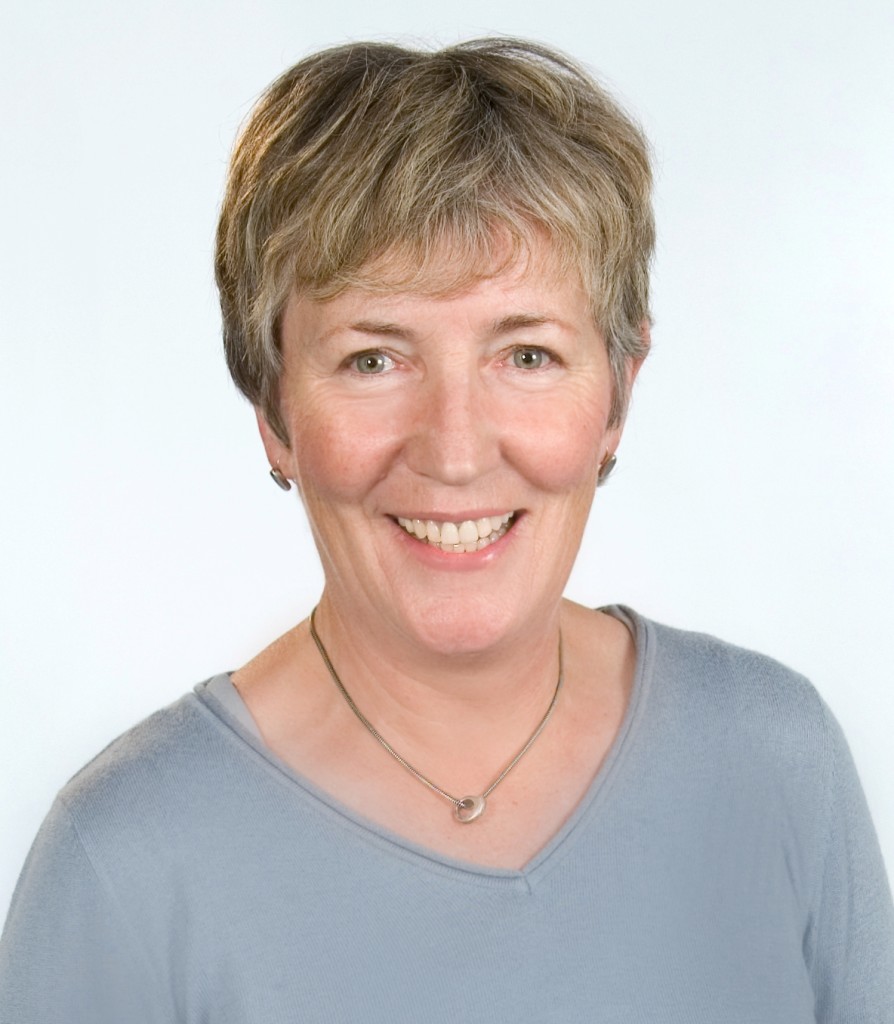By Caitriona Cooke | Thu, February 20, 14
Caitriona Cooke took some time out of her schedule to extol the benefits of better building design during an era riddled with more extreme weather patterns and to inform us of a great conference, Building Energy 2014, happening right around the corner in Boston.  Will you allow me a brief rant, if I share uplifting tales below? Here’s our problem: Mistakes are inevitable . . . but we have no excuses for repeated muck-ups. As complex systems within an even more complex system—the environment—building designs are prone to lots of mistakes. I find it hard to understand why so many professionals make the same mistakes repeatedly. Why this resistance to change? We have the information to avoid many of the mistakes that have proven so costly to our fellow citizens and the environment. Resiliency “doesn't just happen.”
Will you allow me a brief rant, if I share uplifting tales below? Here’s our problem: Mistakes are inevitable . . . but we have no excuses for repeated muck-ups. As complex systems within an even more complex system—the environment—building designs are prone to lots of mistakes. I find it hard to understand why so many professionals make the same mistakes repeatedly. Why this resistance to change? We have the information to avoid many of the mistakes that have proven so costly to our fellow citizens and the environment. Resiliency “doesn't just happen.”  A case in point: all the talk about reconstruction after superstorm Sandy. Rebuilding, in spite of evidence that both the frequency and intensity of storms is increasing— should at least make us consider whether it might be better to keep certain areas undeveloped. If we must rebuild, can’t we at least learn from our mistakes?
A case in point: all the talk about reconstruction after superstorm Sandy. Rebuilding, in spite of evidence that both the frequency and intensity of storms is increasing— should at least make us consider whether it might be better to keep certain areas undeveloped. If we must rebuild, can’t we at least learn from our mistakes?
 Prospective flood depths from storm surges in Boston. Orange 2-4 feet. Pink > 4 feet.
Prospective flood depths from storm surges in Boston. Orange 2-4 feet. Pink > 4 feet.Boston’s waterfront Innovation District comes to mind. In spite of the location’s vulnerability, many buildings slated for construction are designed with basement mechanical rooms. This is a problem. Think about resiliency: After an event like Sandy, buildings with mechanical systems located higher than ground floor will be up and running more quickly when water recedes and power is restored. Smart design and construction can make recovery faster and much less expensive. Back in mid January, The New York Times published The Flood Next Time. Let’s get real, these extreme weather patterns have made their intention to stick around loud and clear. What is it going to take to change the way we (re)build and site our buildings? What is it going to take for us to begin building for resilience? The uplifting part: On our way to fewer mistakes? On a more positive note, last fall I attended two very interesting and inspiring events. First was a forum in Boston called “Building a Resilient City: Preparing Our Buildings for Climate Change,” sponsored by A Better City, where several projects designed for resilience were profiled. A week later, I went to a session at NESEA’s BuildingEnergy NYC conference led by a member of the New York City Buildings Resiliency Task Force. Alex Wilson of the Resilient Design Institute is doing great work in this area. He has made both the Boston and the New York City reports available on his website. While these recently published reports are an excellent resource, it will be years before this information is enshrined in building energy codes. Will the vast majority of builders and developers continue to build the worst buildings allowed by law as they “build to code”? Best practices for high performance (and net-zero or energy-positive) buildings in the 21st century include smart siting and energy storage, as well. See the work of the Clean Energy Group for a new report about how energy storage can lead to more resilient communities. But you have to get builders and designers involved early. NESEA: Building Energy happens soon! Some professionals are taking resiliency seriously. Organizations like the Northeast Sustainable Energy Association (NESEA) are doing critically important work, as they play an essential role in educating professionals to learn from their peers and so avoid mistakes that others have made. NESEA is doing this through Building Energy conferences, and by offering tours that allow practitioners to learn directly from peer-presented case studies—among other initiatives. At BuildingEnergy14 (March 4-6) in Boston, the Resilient Cities track includes presentations by Alex Wilson, Jim Newman (Linnean Solutions) and Sarah Slaughter (Built Environment Coalition), who coauthored “Building Resilience in Boston.” It will be the go-to place for learning more about bringing resilience thinking into energy efficient building practices. There are so many mistakes to be made with respect to building. Let’s do our best to ensure that, at a minimum, our mistakes will be new ones.
 Caitriona Cooke, Program Director, Conservation Services Group
Caitriona Cooke, Program Director, Conservation Services GroupCaitriona Cooke, LEED AP, serves as Chair of NESEA’s Board of Directors. She oversees Conservation Services Group’s regional operations of new construction and multifamily teams, leading CSG’s New England Consulting and Construction team that provides green consulting on new construction projects.
